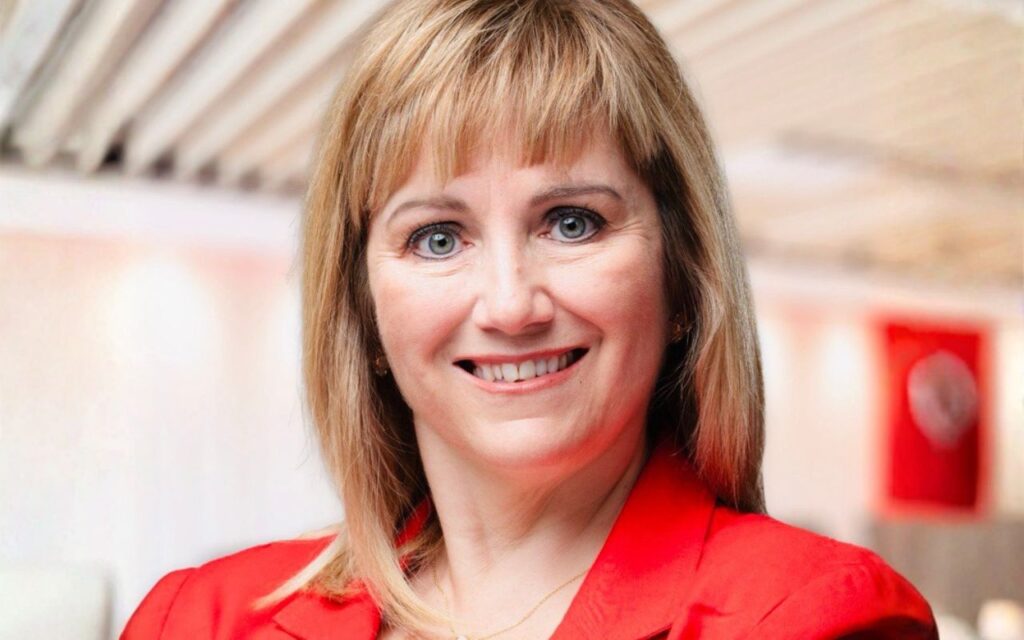
Freedom 55. The everlasting weekend. Life’s endless coffee break.
No matter how you describe it, retirement is the metaphorical light at the end of the career tunnel — the thing we are all working toward. It’s the period in life where you can enjoy everything you’ve worked for and truly kick back and relax.
However, a new study released by Ontario’s Pay Equity Office sheds light on an unfortunate reality for retired women in Canada: even when work is finished, women still make less than men.
In fact, the gender pension gap in 2021 was worse than in 1976 when it was 15 per cent.
“Women receive $0.83 to every $1.00 a man receives in retirement income. That is a 17 per cent gendered pension gap,” notes Kadie Philp, Commissioner and CAO of the Ontario Pay Equity Commission. “This stark reality isn’t just a number — it’s a concerning trend contributing to a notable gender disparity among older Canadians, particularly women.”
While progress has been made in other areas, such as closing the wage gap and women entering the labour force, you may be asking yourself: how is this still happening?
It’s not a simple answer, but many signs point to the retirement system itself.
The recently published report takes an in-depth look at Canada’s retirement system and how it has contributed to systemic inequality despite being one of the best pension systems globally.
“The system was based on a male-centric, breadwinner concept because that was what was predominantly happening in the 1960s,” said Philp. “This shows how you can unintentionally create inequality. But, in order to fix it, you have to look at the system that created it.”
What are the findings?
Retirement and finances can be complex — trust us we know — and the pension gap is no different.
There is no one source causing the disparity, but instead a layered system that has caused this systemic issue, said Philp.
It can be challenging to spot the gender pension gap because, on its face, women in Canada are doing significantly better than they were 50 years ago. Retirement wages are up, salaries have increased, and more women are part of the workforce.
So, what’s the problem?
Despite those wins, in 2020, approximately 200,000 more women aged 65-plus lived below Canada’s low-income cut-off than men. At the same time, 21 per cent of women aged 75-plus had incomes below the cut-off — 51 per cent higher than men of similar age.
“All these other great things are happening in the labour market for women, but this persists because of the design,” said Philp.
What she is referring to is our three-pillar pension system.
Two out of three pillars reward employees based on time spent in the workforce and direct earnings from those jobs, which puts women at a disadvantage.
When we consider maternity leave and caregiving, women, as we know, are far more likely to leave the workforce and be responsible for that unpaid labour.
Look at 2017 — nearly 90 per cent of insured mothers in Canada took parental leave at a reduced income level, compared to around 12 per cent of insured fathers.
“Right now, the Canadian pension plan doesn’t allow you to buy back those hours,” added Philp. “That would be massively significant for women to be able to reinvest and say, ‘Look, I’ll buy back that time, and I’ll put it into the pension.’”
One significant finding in the report was that private pensions — workplace plans and personal RRSPs — are the greatest contributors to the current gender pension gap. Both men and women are relying on private pensions more to fund their retirement, with men traditionally having more annual contribution room and better workplace offerings.
So, where does this leave you?
As Philp will tell you, this report was not designed to scare women into taking action — if anything, it’s the opposite.
“I think it’s important to mention that women should not be held responsible for solving a problem they didn’t create,” she said. “A lot of the feedback in this space is ‘We need women to do this, or do that.’ The onus is not entirely on us.”
While there is hope that employers and policymakers will take a hard look at these findings, women need to be aware that this disparity exists because even amongst women, this inequity is not felt across the board evenly.
If you’re wondering how you’ll fare in retirement, it can’t hurt to start thinking about it now.
Here are some questions you can ask yourself:
- What does my pension plan look like?
- What options is my employer offering?
- What do my CPP contributions look like?
- If I take parental leave, how will I fill that income gap?
“It’s about being informed, but also being aware that this is bigger than just our individual actions,” said Philp. “We’ve got to advocate for a fresh look at the design of the system.”
And for Philp and the team at Ontario’s Pay Equity Office, that is the glimmer of hope when looking at an issue like this. While there isn’t a quick-fix solution, shedding light on this hidden problem is a pretty good place to start.
“It’s not enough to say, ‘Oh, it’s systemic’ and move on. What is the system? How do we change it?” she said. “I think that’s the silver lining here. We’re actually starting to dive deep enough to see where the problem started, and how to fix it.”
To read the full report, visit payequity.gov.on.ca/gender-pension-gap/








